
What is Enterprise Search Engine Marketing? Key Strategies for Success
What is Enterprise Search Engine Marketing? Key Strategies for Success
Across companies of all shapes and sizes, the competition for digital visibility is fierce. Yet, nowhere is the battlefield more nuanced than for large, multi-site or international enterprises. Picture hundreds of pages, numerous product lines, multiple regional sites, and layers of branding complexity. How does a business ensure prospects can actually find what they offer, consistently, in a sea of results?
This is where enterprise search engine marketing—the structured, strategic push to maximise a business’s prominence across Google, Bing, and beyond—becomes indispensable.
What is Enterprise Search?
Enterprise search refers to the technology and processes that enable organizations to search, retrieve, and analyze information stored across vast, complex data repositories. Unlike standard website search, enterprise search solutions are designed to index and surface data from multiple sources—such as databases, intranets, cloud storage, emails, and document management systems—making them essential for large, multinational businesses.
For global organizations, enterprise search is critical. It empowers teams to quickly access relevant information, regardless of where it resides or in what language it’s stored. This capability not only improves productivity but also enhances decision-making and collaboration across borders and departments.
Key Roles of Enterprise Search in Multinational Businesses
- Centralized Access: Unifies data from disparate systems, providing a single point of access for employees worldwide.
- Scalability: Handles massive volumes of data, supporting the needs of growing enterprises.
- Security & Compliance: Ensures sensitive information is indexed and retrieved according to strict access controls and regulatory requirements.
- Localization: Supports multilingual search, enabling teams in different regions to find information in their preferred language.
Leading Enterprise Search Tools and Platforms
- Elastic Enterprise Search: Offers scalable, customizable search solutions for organizations of all sizes.
- Microsoft Search: Integrates with Microsoft 365, providing unified search across documents, emails, and more.
- Google Cloud Search: Leverages Google’s AI to deliver relevant information from across your company’s data sources.
- Coveo: Specializes in AI-powered search and recommendations for enterprise environments.
- IBM Watson Discovery: Uses AI to extract insights from large volumes of unstructured data.
By leveraging enterprise search, multinational organizations can unlock the full value of their information assets, drive innovation, and maintain a competitive edge in the global marketplace.
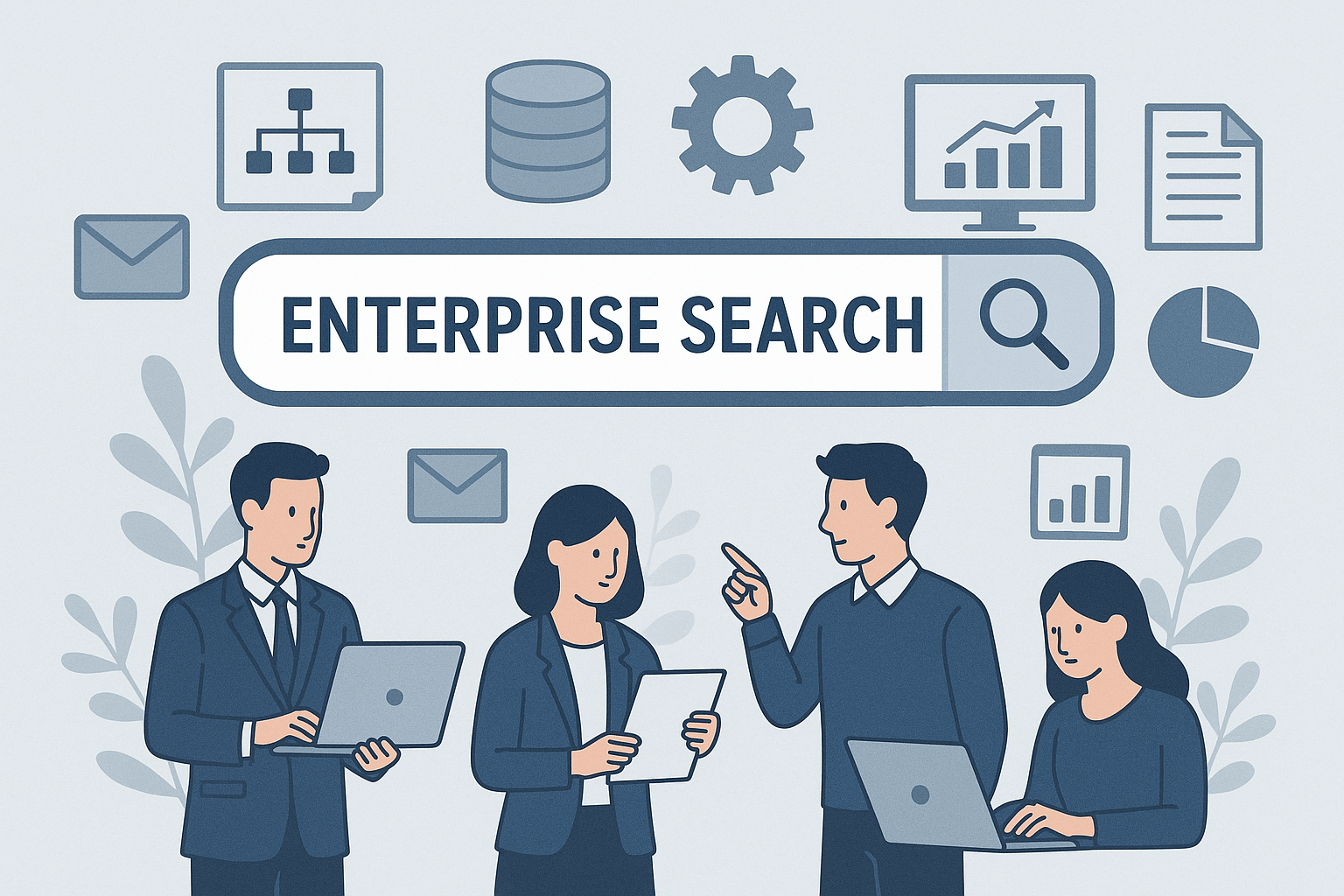
Enterprise SEO: How It Differs from Standard SEO
Enterprise SEO is the practice of optimizing large, complex websites—often with thousands or even millions of pages—to achieve greater visibility in search engines. While standard SEO focuses on smaller sites or local businesses, enterprise SEO addresses the unique challenges faced by global brands operating at scale.
Key Differences and Challenges
- Scale and Complexity: Enterprise websites often span multiple domains, languages, and regions. Managing SEO across such a vast digital footprint requires sophisticated tools, robust processes, and specialized expertise.
- Technical Infrastructure: Large sites demand advanced technical SEO, including scalable site architecture, efficient crawling and indexing, and rigorous site speed optimization.
- Content Management: Coordinating content creation, localization, and updates across global teams is a significant challenge. Enterprise SEO strategies must ensure consistency and quality while adapting to local markets.
- Stakeholder Alignment: With multiple departments and decision-makers involved, aligning SEO goals with broader business objectives is critical for success.
- Risk Management: Changes to large websites can have far-reaching impacts. Enterprise SEO requires careful planning, testing, and monitoring to avoid costly mistakes.
Strategies for Enterprise SEO Success
- Automated Workflows: Leverage automation for tasks like technical audits, reporting, and large-scale on-page optimizations.
- Advanced Keyword Research: Use enterprise-grade tools to identify high-value keywords across different markets and languages.
- Global Link Building: Develop international link-building campaigns to boost authority and relevance in multiple regions.
- Data-Driven Decision Making: Rely on advanced analytics to track performance, uncover opportunities, and guide strategy across all markets.
- Collaboration and Training: Foster collaboration between SEO, IT, content, and marketing teams, and invest in ongoing training to keep skills sharp.
For global brands, enterprise SEO is not just about scaling up traditional tactics—it’s about building a flexible, resilient strategy that drives sustainable growth across diverse markets.
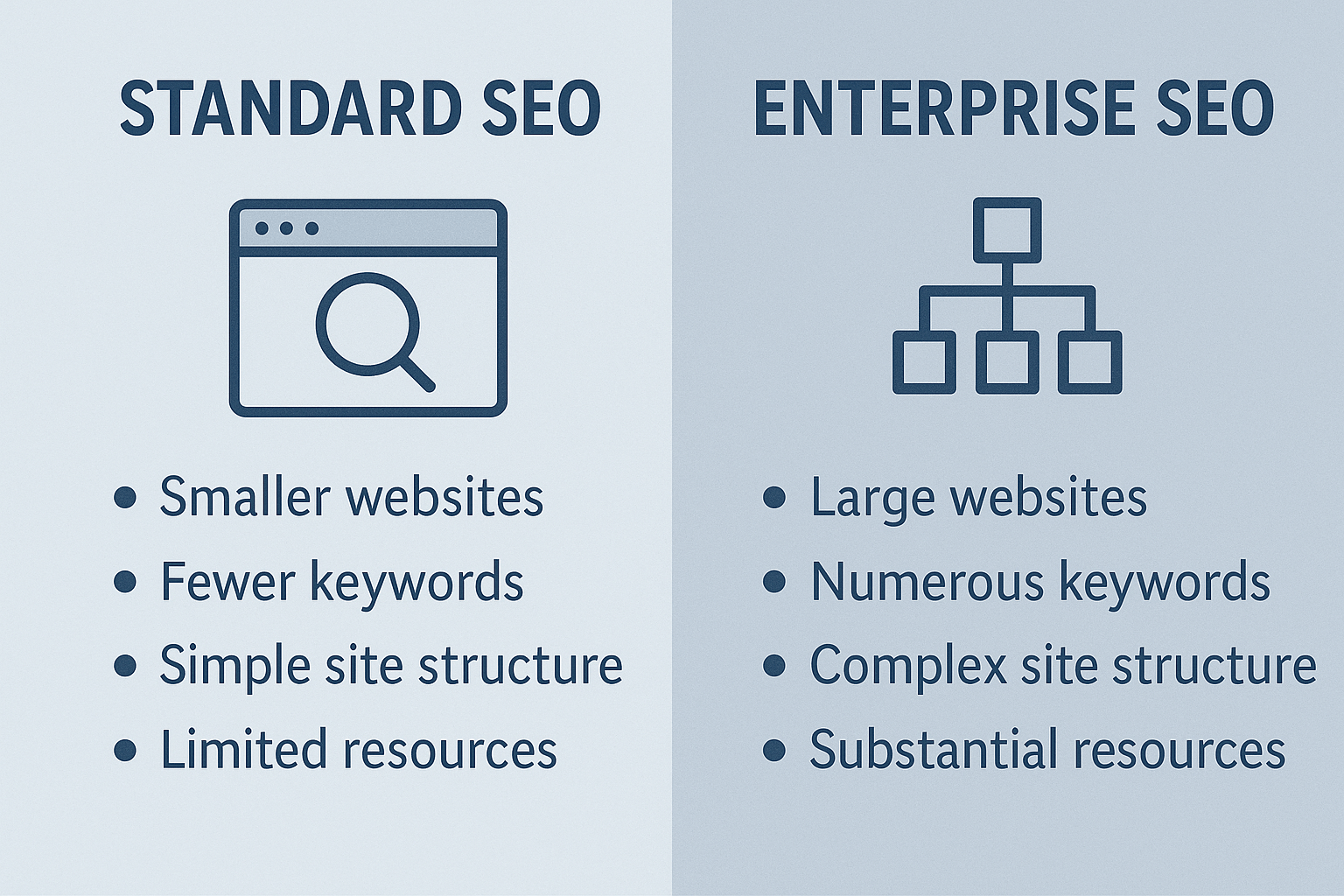
Advanced Keyword Research Techniques for Enterprises
Effective keyword research is the backbone of any successful enterprise SEM strategy, especially for organizations operating across multiple countries and languages. At scale, keyword research becomes more complex, requiring advanced techniques and robust tools to uncover opportunities and maintain a competitive edge globally.
Multilingual and Regional Keyword Analysis
For enterprises, it’s essential to go beyond basic translation. Conduct in-depth keyword research for each target market, considering local language nuances, cultural context, and search intent. Collaborate with native speakers or local experts to identify high-value keywords that resonate with regional audiences. Analyze competitors in each market to uncover gaps and emerging trends.
Managing Large Keyword Sets
Enterprise websites often target thousands of keywords across numerous products, services, and regions. Use enterprise-grade tools to organize, segment, and prioritize keywords efficiently. Group keywords by market, language, intent, and business objective to streamline campaign management and reporting.
Tools for Enterprise Keyword Research
- SEMrush and Ahrefs: Offer powerful features for large-scale keyword discovery, competitor analysis, and tracking across multiple markets.
- Google Keyword Planner: Useful for identifying search volume and trends in specific countries and languages.
- BrightEdge and Conductor: Provide enterprise-level solutions for keyword management, performance tracking, and content optimization at scale.
- Local Market Tools: Leverage region-specific tools and data sources to capture unique search behaviors and opportunities.
Data-Driven Insights
Integrate keyword research with analytics platforms to monitor performance and refine targeting. Use automation and AI-driven tools to surface new keyword opportunities, predict trends, and optimize campaigns in real time.
By adopting advanced keyword research techniques, enterprises can ensure their content and campaigns are precisely aligned with the needs and behaviors of global audiences—driving visibility, engagement, and growth in every market.
Advanced Link Building Strategies for Enterprises
Link building at the enterprise level goes far beyond traditional tactics. For global organizations, acquiring high-quality backlinks requires a strategic, scalable approach that aligns with brand reputation and international reach.
International Outreach
Enterprises should develop outreach campaigns tailored to each target market. This involves identifying authoritative websites, industry publications, and influencers in different regions and languages. Personalized outreach, local partnerships, and culturally relevant content are essential for earning backlinks that boost visibility and credibility worldwide.
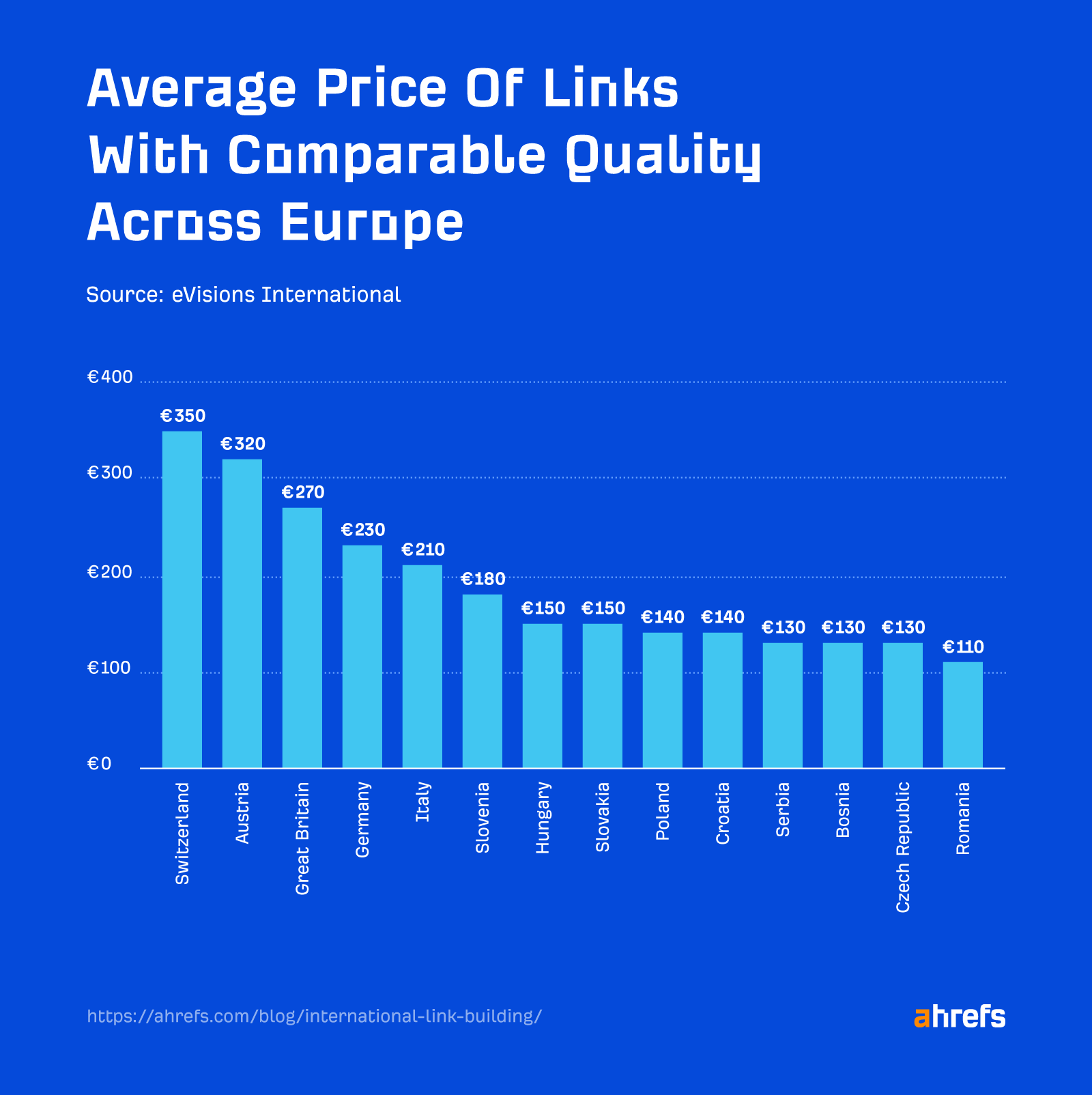
Image Source: Ahrefs
Digital PR
Digital PR is a powerful tool for enterprise link building. By creating newsworthy content—such as original research, thought leadership articles, or major company announcements—enterprises can attract coverage from top-tier media outlets and industry blogs. Collaborating with PR teams to pitch stories globally ensures that your brand earns high-value links from reputable sources.
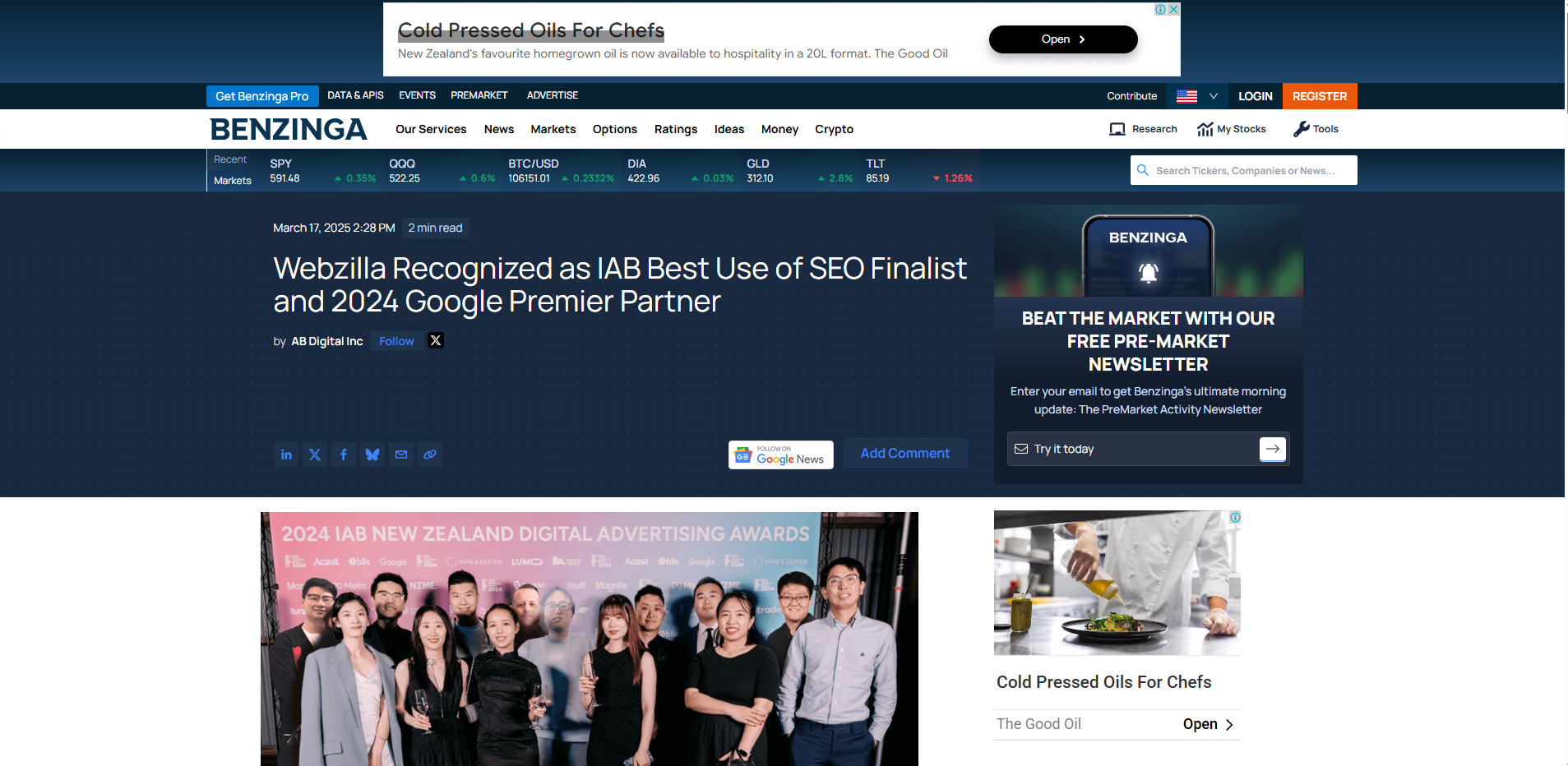
News Link: Webzilla Recognized as IAB Best Use of SEO Finalist and 2024 Google Premier Partner
Scalable Content Assets
Investing in scalable content assets—such as interactive tools, comprehensive guides, or multilingual resources—encourages organic linking from a diverse range of websites. These assets should be promoted across all markets to maximize their global impact.
Monitoring and Compliance
Given the scale and visibility of enterprise brands, it’s crucial to monitor backlinks for quality and compliance. Use advanced tools to track new links, identify potential risks, and ensure adherence to search engine guidelines across all regions.
By implementing these advanced link building strategies, enterprises can enhance their domain authority, improve search rankings, and drive sustainable growth in every market they serve.
Defining Enterprise Search Engine Marketing
While ‘search engine marketing’ might sound familiar, the ‘enterprise’ prefix shifts the scale, depth, and ambition. Unlike standard SEM—where campaigns may target a handful of services or a regional audience—enterprise SEM takes on broader territories, vast amounts of content, and intricate requirements like compliance, multilingual campaigns, and cross-border regulations.
At its core, enterprise SEM is the orchestration of paid search (Pay Per Click, or PPC), organic traffic efforts (search engine optimisation, or SEO), and often, close coordination with content, social, IT, and legal teams. In such settings, stakes are higher, investments greater, and the payoffs set the tone for entire global markets.
How Enterprise SEM Differs
Smaller organisations often focus on a manageable set of keywords and a few landing pages. In contrast, enterprise-level efforts grapple with:
- Thousands of products or SKUs
- Global audiences across several regions and languages
- Strict compliance demands
- Heavily layered approval processes
- Cross-functional marketing and technology teams
These complexities call for platforms, processes, and playbooks that withstand both the microscopic (local search performance in a single city) and the macroscopic (brand protection across dozens of countries).
Key Differences Emphasised
| Aspect | Traditional SEM | Enterprise SEM |
|---|---|---|
| Keyword Scope | Dozens to hundreds | Thousands, often dynamic |
| Website Scale | Single or few sites | Multiple regional sites/subdomains |
| Budget Size | Small to moderate | Large, often multi-national |
| Team Involvement | Small team/individual | Interdepartmental, global |
| Compliance Needs | Minimal | Rigorous, legal, industry-driven |
| Reporting | Simple, basic metrics | Advanced, multi-market, executive-level |
| Automation | Limited | Extensive, often AI-driven |
Components of Enterprise SEM Campaigns
For a large brand to maintain and grow its position in search engines, several interlocking gears must work in harmony:
Paid Search (PPC)
Enterprise PPC involves hundreds—or thousands—of campaigns running simultaneously. Granular targeting, dynamic ad copy, and hefty bids are standard. Ad managers in these settings work with keyword automation tools and real-time analytics, responding not just to long-standing metrics but also split-second performance cues.

Search Engine Optimisation (SEO)
With thousands of pages and global audiences, maintaining technical SEO is a project in itself. Tasks can range from implementing schema markup at scale and assuring Core Web Vitals compliance across regions, to regular audits detecting duplicate content or crawl errors.
International SEO introduces its own labyrinth. Correctly tagging languages, using hreflang, and tuning content for local expressions—while keeping global consistency—is essential.
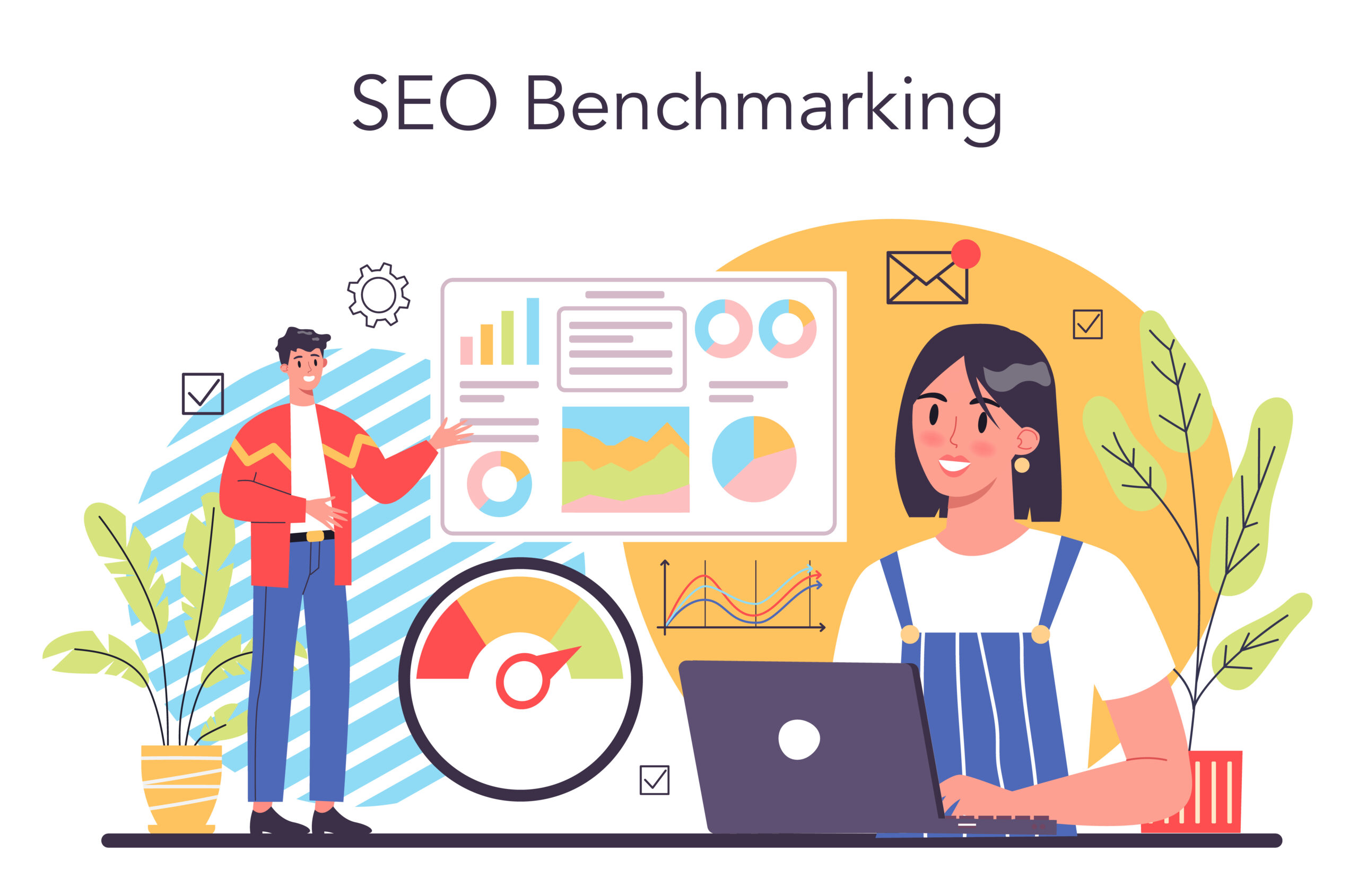
Content Strategy
Content at the enterprise level is less about blog posts and more about orchestrating hundreds of product descriptions, whitepapers, resources, and landing pages. Workflow automation, editorial calendars, and cross-team input help maintain accuracy and branding.

Data and Analytics
Robust analytics infrastructure cannot be overlooked. Real-time dashboards, predictive modelling, and detailed attribution reporting guide budget allocations and highlight what’s working where. This supports ‘always-on’ optimisation rather than guesswork.
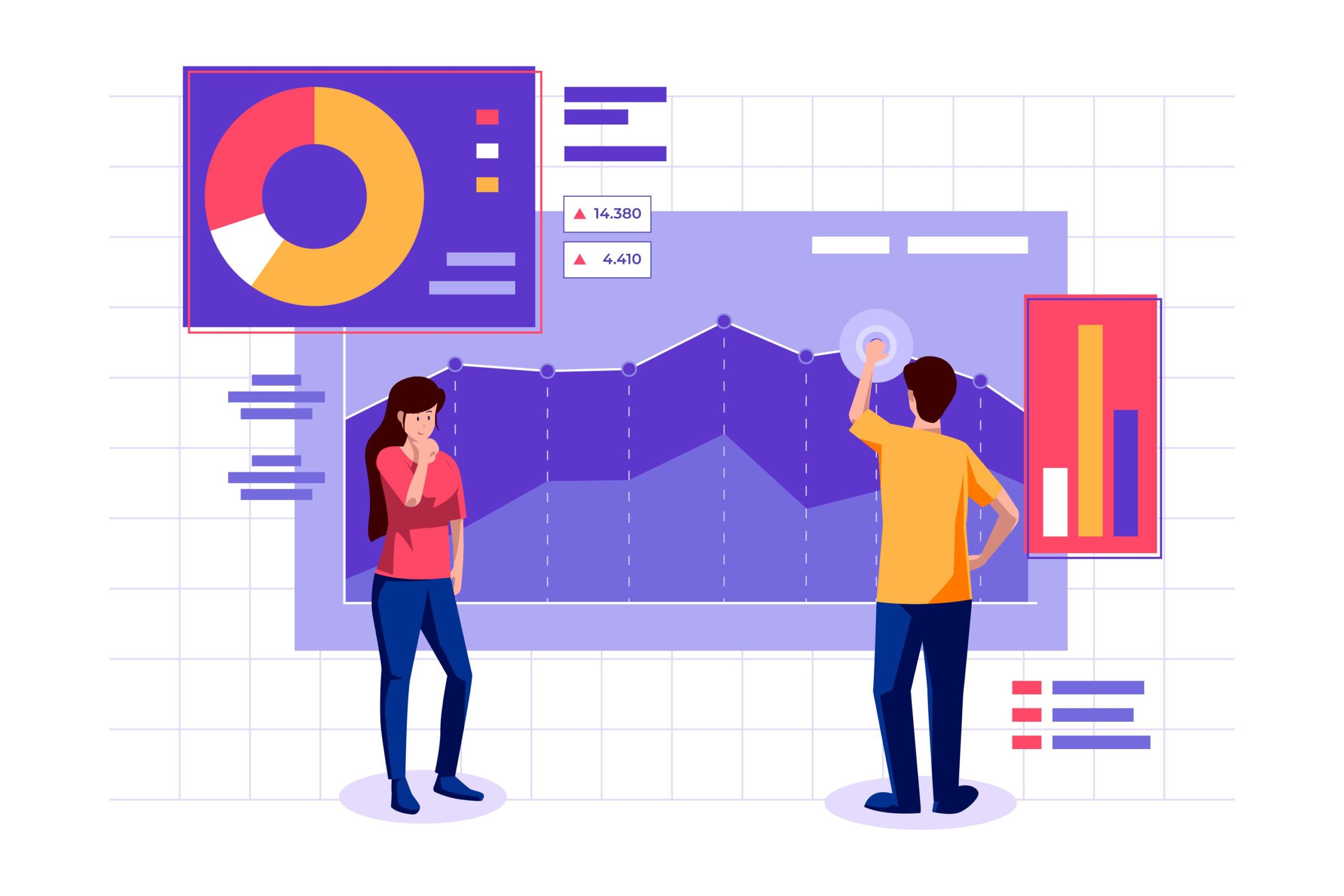
Regulatory and Brand Compliance
One misstep in financial, pharmaceutical, or transport sectors can mean costly penalties. Keyword lists, ad copy, and landing pages need regular reviews against ever-changing compliance rules.
Why Enterprise SEM is Essential
A global business can’t risk digital invisibility—losing search share means revenue left on the table. But there are more nuanced reasons:
- Unified Messaging: Enterprise SEM coordinates messaging across multiple regions and audiences, preventing rogue campaigns or conflicting brand voices.
- Efficiency at Scale: Automation reduces manual work while custom strategies give flexibility for local adaptation.
- Competitive Intelligence: Monitoring expansive markets allows a brand to react faster to new players or shifts in user behaviour.
- Protection Against Threats: Defensive bidding can block competitors from hijacking branded keywords or misleading copy.
Building a Holistic Enterprise SEM Strategy
A successful enterprise search engine marketing (SEM) strategy requires a unified approach that integrates SEO, paid search, content, and analytics across all markets where your business operates, which is often facilitated by a specialized SEM marketing company that understands the complexities involved. This holistic framework ensures that every channel works together to drive brand visibility, qualified traffic, and measurable results on a global scale.
Core Components of an Enterprise SEM Strategy
1. Unified SEO and Paid Search Integration Coordinate organic and paid search efforts to maximize visibility and efficiency. Use insights from paid campaigns to inform SEO keyword targeting, and vice versa. Align messaging and landing pages for a seamless user experience, regardless of how visitors find your site.
2. Global Content Strategy Develop a content plan that addresses the needs of diverse audiences in different regions and languages. Localize high-performing content, adapt messaging for cultural relevance, and ensure consistency in brand voice across all markets. Invest in scalable content assets that can be promoted through both organic and paid channels.
3. Advanced Analytics and Data-Driven Decisions Implement robust analytics systems to track performance across all channels and markets. Use data to identify opportunities, optimize campaigns, and measure ROI. Leverage enterprise-level tools to manage large datasets, automate reporting, and gain actionable insights at both the global and local level.
4. Cross-Functional Collaboration Foster collaboration between SEO, paid search, content, analytics, and regional marketing teams. Establish clear communication channels and shared goals to ensure alignment and agility in executing campaigns.
5. Continuous Optimization and Innovation Regularly review and refine your SEM strategy based on performance data and market trends. Test new tactics, embrace automation and AI-driven solutions, and stay ahead of evolving search engine algorithms and user behaviors.
The Global Advantage
By building a holistic enterprise SEM strategy, organizations can break down silos, leverage synergies across channels, and respond quickly to opportunities in any market. This integrated approach not only drives sustainable growth but also positions your brand as a leader in the global digital landscape.
The Tools of Enterprise SEM
Ordinary SEM tools stage basic keyword and ad management. Enterprise operations demand more advanced capabilities, often integrating with a company’s broader marketing stack. These can include:
- Bid Management Platforms: Systems like Search Ads 360 or Adobe Advertising Cloud offer advanced rule-based bidding, real-time adjustments, and integrations with offline sales data.
- SEO Auditing Suites: Enterprises deploy tools like BrightEdge, Conductor or Botify, which can handle technical website crawls and content audits across millions of pages.
- Tag Managers and Analytics: Google Tag Manager, Adobe Analytics, or custom data layers make querying multi-source data possible.
- Multilingual and Regional Management: Platforms for translation management and region-specific workflow automation underpin global scale.
- Collaboration Tools: Enterprise campaigns demand tight timelines and error-free execution—collaborative approval platforms make this achievable.
Tools at a Glance
| Category | Tool Examples | Strengths |
|---|---|---|
| Bid Management | Search Ads 360, Marin, Adobe Advertising Cloud | Automated bidding, multi-account management |
| SEO Auditing | BrightEdge, Conductor, Botify, SEMrush | Scalable audits, issue tracking, keyword trends |
| Analytics | Google Analytics 4, Adobe Analytics, Tableau | Customised dashboards, deep data integration |
| Content Management | Sitecore, Adobe Experience Manager | Content personalisation, global asset handling |
| Workflow/Compliance | Asana, Monday.com, Smartsheet, ProofHQ | Task tracking, compliance approvals |
Challenges Unique to Enterprise Campaigns
While the upside is significant, the path is not without obstacles.
Siloed Teams
With larger organisations come departmental divides. SEO, PPC, content, IT, and compliance often act independently, risking clashes or duplicated work. A culture of collaboration, complemented with clear communication channels, is indispensable.
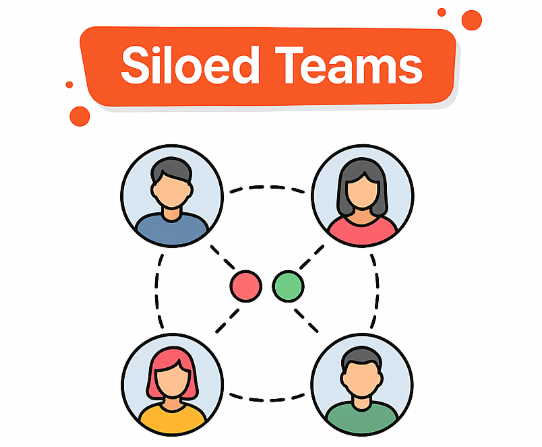
Technical Debt
Legacy systems and sprawling websites can hinder technical SEO and slow campaign pivots. Clean site architecture and regular re-platforming discussions keep issues in check.
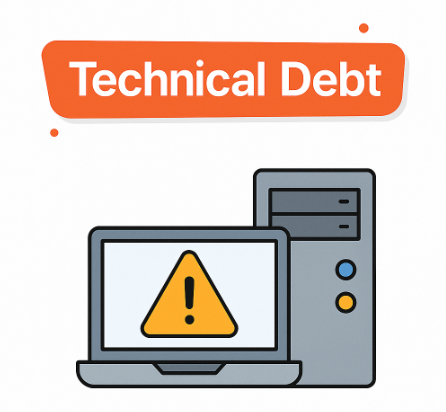
Pace of Change
Shifting algorithms, market dynamics, and regulatory requirements all demand rapid adaptation—much more quickly than a smaller company might need.
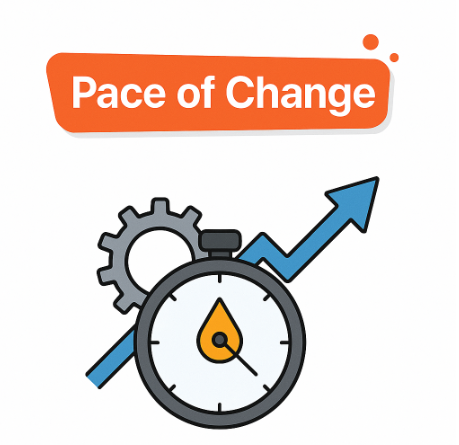
Measuring Success
Defining success across diverse markets and products takes careful calibration. What’s considered a high-performing keyword in one region may differ vastly elsewhere.
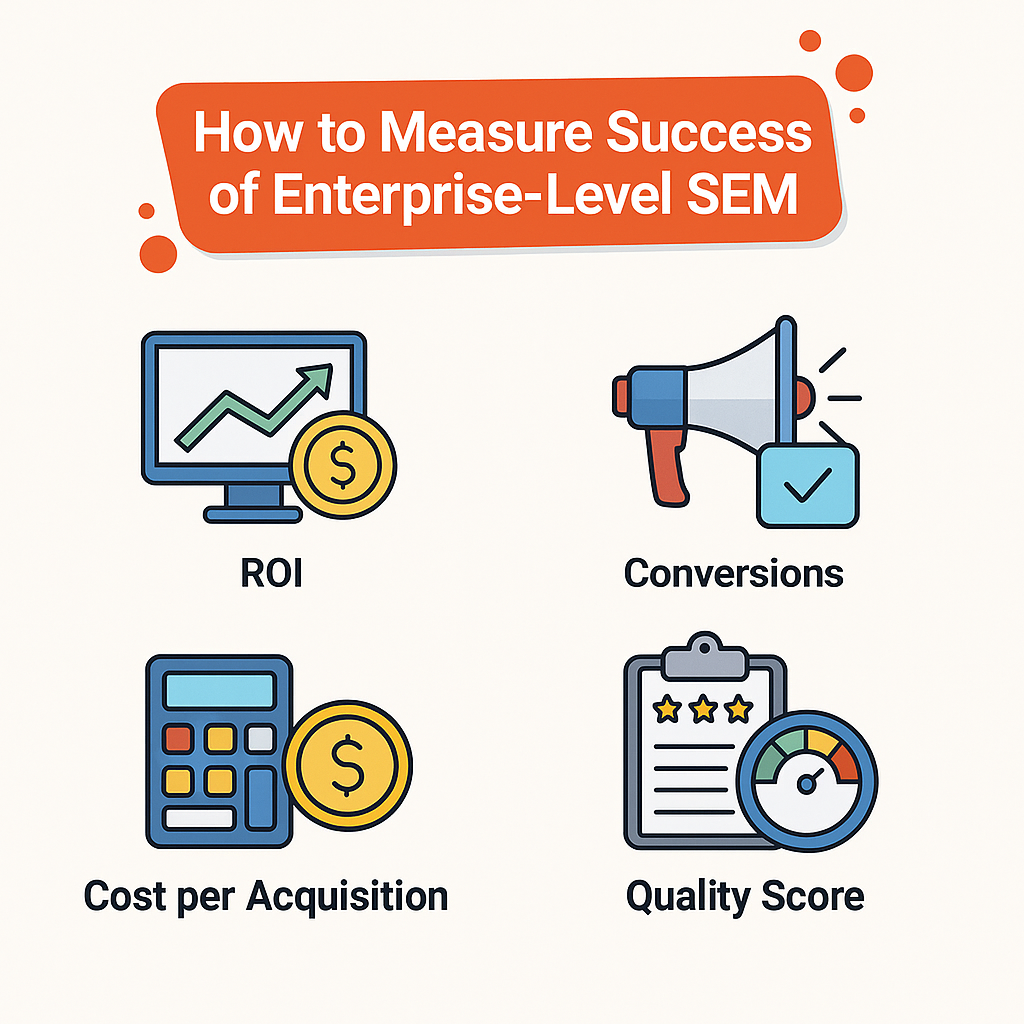
Emerging Trends in Enterprise SEM
Innovation within enterprise SEM is relentless. AI and machine learning shape bidding strategies, forecast search trends, and spot anomalies before humans ever could. Localisation is achieving new depth, with automated campaign variations tailored to microsegments.
Automation also extends to ad creative, with systems generating and testing thousands of headlines and descriptions, then reallocating budgets to what resonates best.
Data privacy, particularly with the decline of third-party cookies, is influencing tracking and will soon shift how global campaigns gather and act on insights.
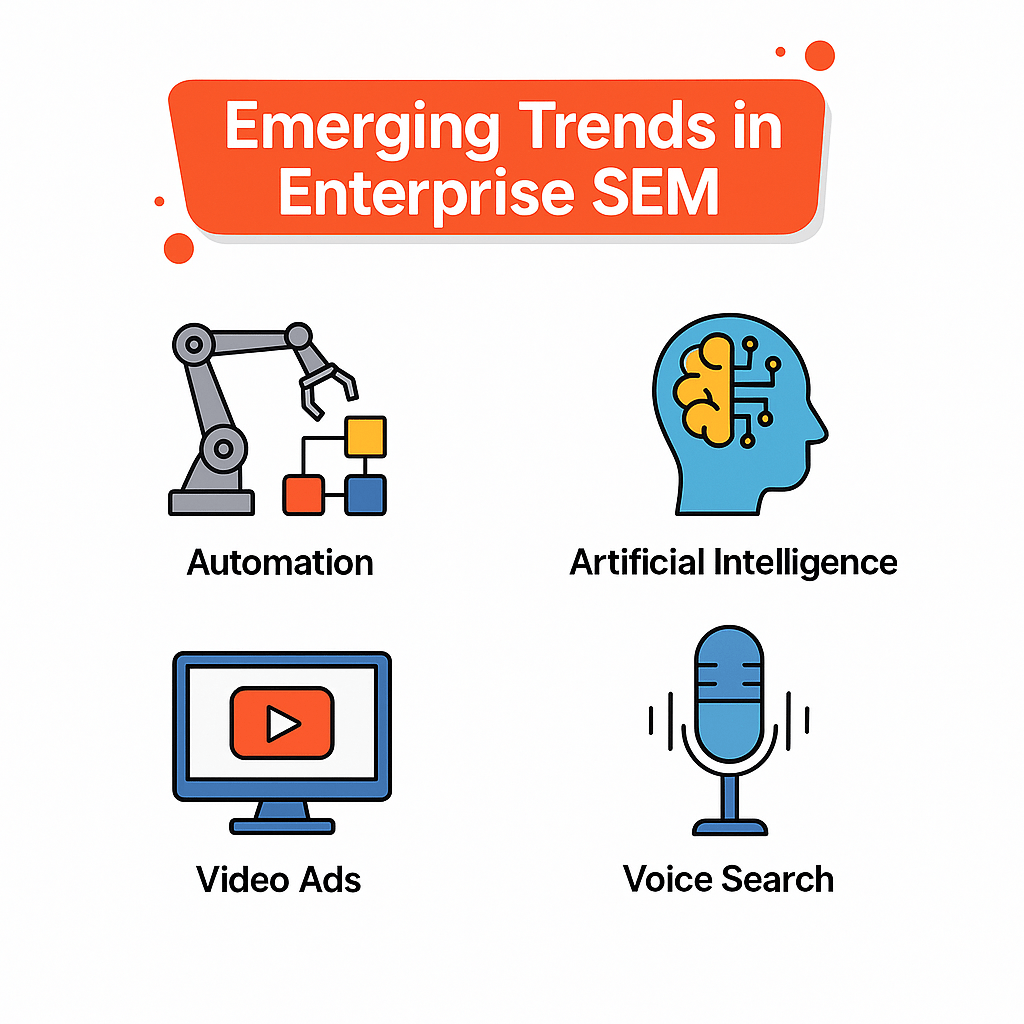
How Leading Enterprises Stay Ahead
Thriving in enterprise SEM is less about tools and more about strategy and culture. The top digital teams:
- Foster tight alignment between marketing, content, IT, and legal
- Use data to drive every decision, eschewing hunches or outdated tactics
- Audit major campaigns frequently, discarding what doesn’t perform
- Build in flexibility, allowing for quick pivots when markets or algorithms change
- Prioritise ongoing training, ensuring teams stay sharp as platforms update
Top Priorities for Enterprise SEM Teams
- Unified, adaptable global messaging
- Fast, robust analytics and reporting
- Custom automation for both SEO and PPC
- Strong brand protection via defensive strategies
- Culture of cross-team collaboration and agility
The Impact on Business Growth
When executed well, enterprise SEM not only brings more eyes to a brand’s offerings; it supports entire business objectives, drives growth, and builds a foundation for long-term online success. It’s the backbone of digital presence for multinational organisations seeking to remain relevant and competitive amidst constant change.
The challenges are considerable, but so are the rewards. As search continues evolving, so too will the strategies, platforms, and people shaping the forefront of digital leadership worldwide.

